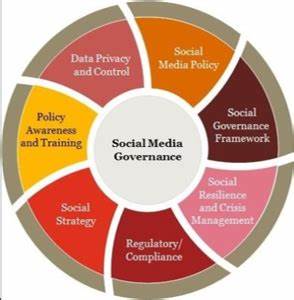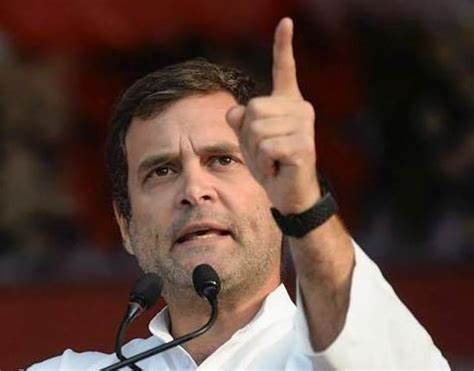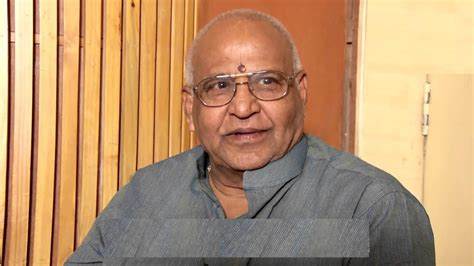
(Prasanth L)
The evolution in public expectation is closely linked to the rise of social media, which has become a powerful tool for both activism and civic engagement. Social media platforms have ushered in a new era of transparency, allowing for direct communication between governments and citizens, and enabling greater public scrutiny of governmental actions.
As of 2024, India has seen a remarkable surge in social media usage, with approximately 470.1 million active users, which accounts for 33.4% of the addressable demographic. This figure underscores the extensive reach and influence of social media in the country.
Despite the widespread adoption of social media in India, the benefits and impact of these platforms have not been evenly distributed across all states. In many Indian states, social media activism has empowered citizens, providing them with a platform to raise concerns, advocate for their rights, and demand accountability from authorities. This digital engagement has led to increased civic participation and a more informed and vocal populace.

The Uttar Pradesh government’s decision to formally engage social media influencers and content creators as part of its digital media strategy represents a significant evolution in how governments interact with the digital landscape. This move, outlined in the state’s new digital media policy, is designed to leverage the extensive reach of influencers on platforms such as X (formerly Twitter), Facebook, YouTube, and Instagram to promote state schemes and achievements. Under this policy, influencers can earn between ₹2 lakh and ₹8 lakh per month, depending on their reach and the platform they use. The policy includes provisions to maintain the integrity of the content shared.
This approach marks a new chapter in government-media relations, highlighting the growing recognition of social media as a powerful tool for public engagement. However, it also raises questions about the balance between promoting government achievements and maintaining independent, authentic digital discourse. The policy’s emphasis on content regulation and the potential for punitive action against non-compliance could shape the nature of content produced under this initiative, with implications for the broader digital ecosystem. Opposition leaders have been particularly vocal in their criticism, accusing the government of attempting to manipulate the digital narrative in its favor. The timing of this policy, they suggest, may be linked to upcoming elections.

In the digital age, the path to good governance is indeed fraught with both opportunities and challenges, and how these are navigated will play a crucial role in shaping the future of governance not only in India but also in other democracies around the world.

(Author is a political strategist)









